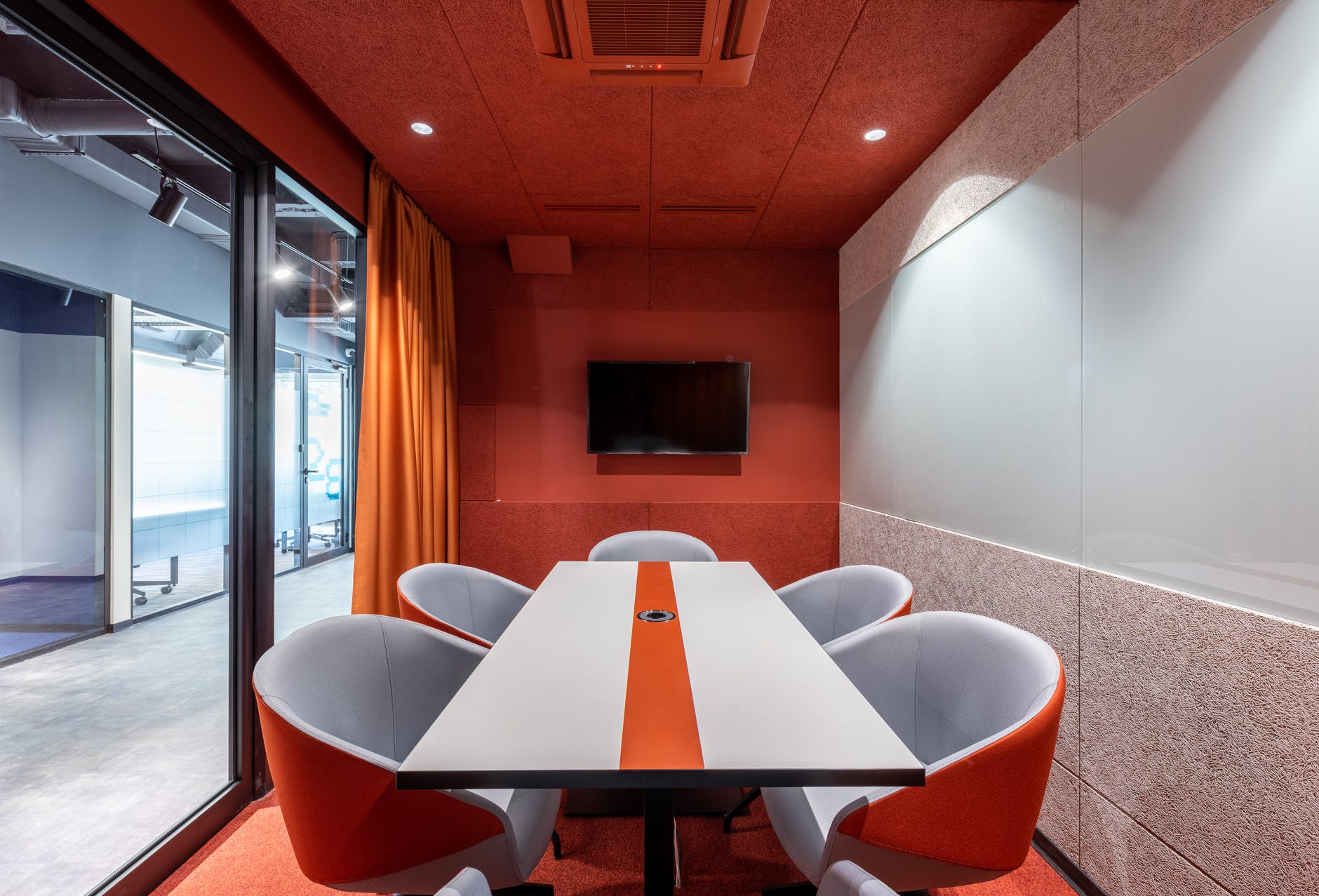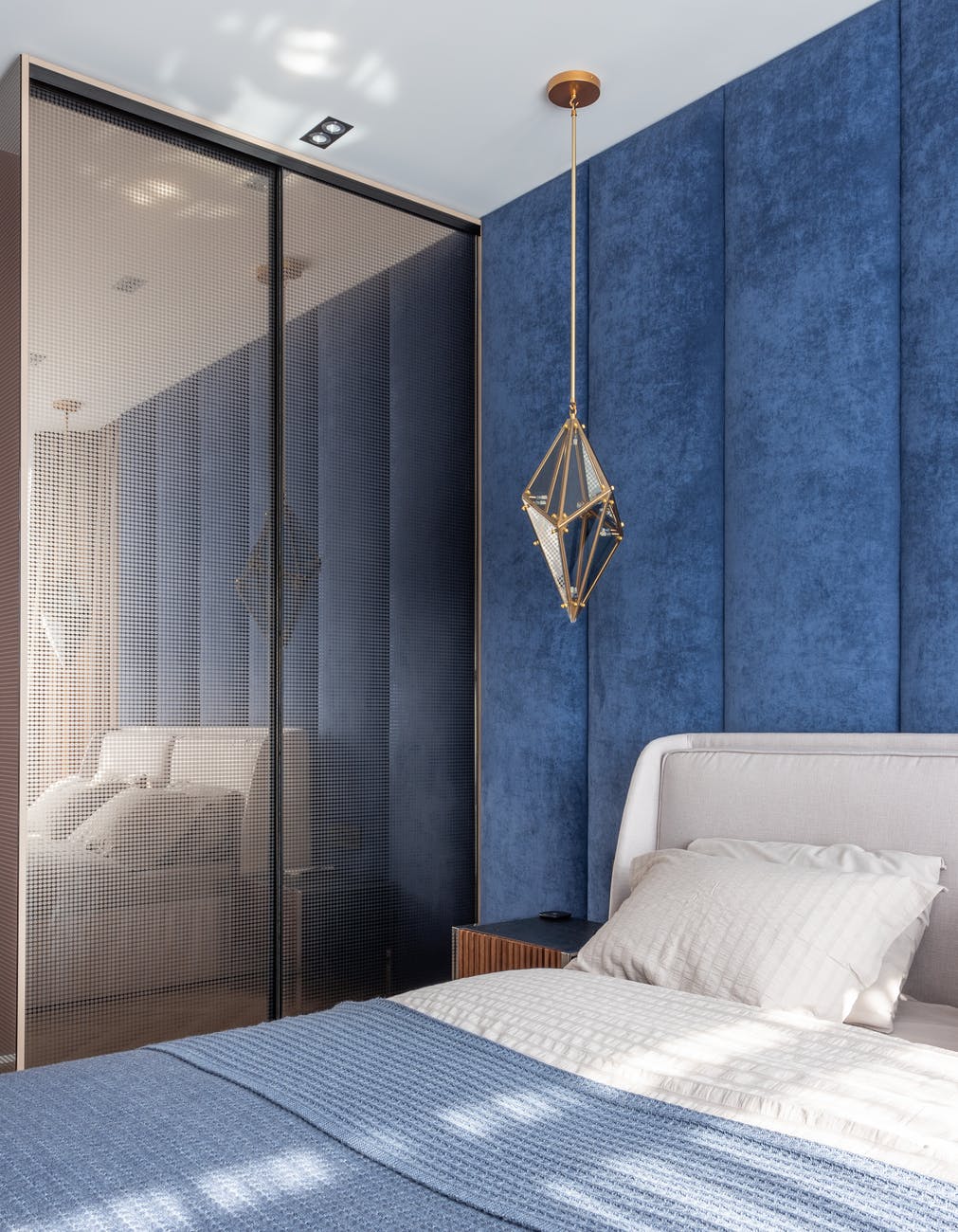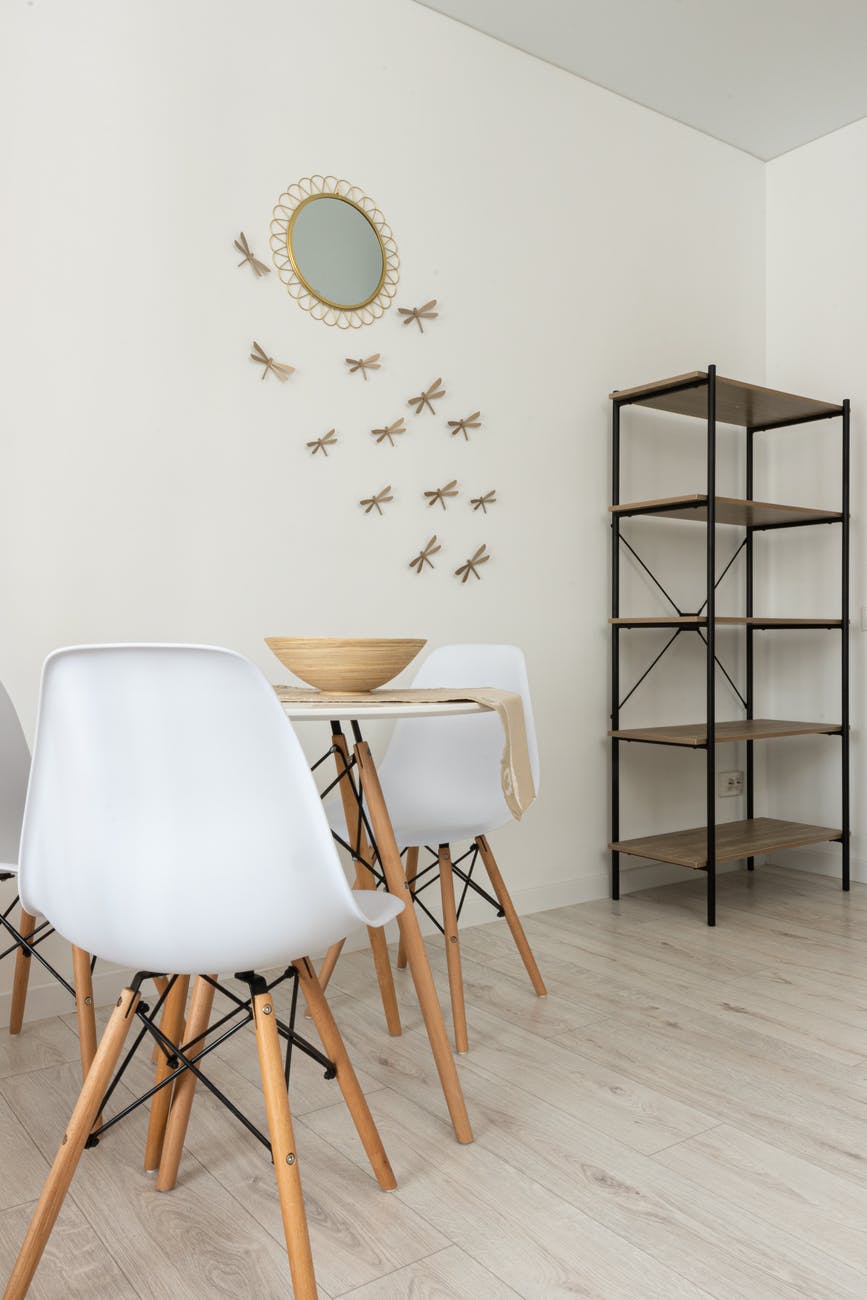Of the many considerations when planning your new home design, color is crucial. There’s a difference between a warm, energetic dining room and a cool, relaxing living room. The mood of an area can be heavily dependent on the color scheme. Some rooms have an unspoken expectation in terms of color that most people don’t realize. Here are a few things to consider before committing to a color scheme for your room.
What Room are you Decorating?
You wouldn’t use the same color scheme for a child’s bedroom as for a bathroom. Different rooms should elicit different moods, and the color scheme you choose should reflect the mood you want.
Warm Colors

Colors like red-orange, red, or red-violet, tend to radiate warmth and welcome. These colors can make people feel social and increase conversation. Brighter shades of these colors can make people feel energized and determined. More neutral reds, oranges, and yellows elicit welcome and belonging.
Too much of a good thing can definitely apply here, though. While a specific orange hue might make you feel good, too much of the same warm color with nothing to break it up can feel stifling. It’s best to either use various warm colors together or break up areas of color with neutral or cool colors.
Warm colors work best in rooms like kitchens, dining areas, or anywhere where you frequently entertain guests. Such hues encourage people to socialize, interact, and be lively.
Cool Colors

Cool colors include hues of blue, blue-green, or blue-violet. Cool colors elicit a calm, trusting feeling in most people. Darker shades of these colors make people feel relaxed, sometimes even sleepy. Lighter shades make people feel welcome and free. The neutral tones of cool colors (like blue-gray and gray-violet especially) can make people feel at home.
Cool colors are harder to overdo than warm colors, but beware: you should use dark shades more sparingly. Dark blues can be overpowering and even ominous when used as the primary color on walls and floors. Dark purples can make people feel intimidated when used in excess, and an abundance of dark greens can make people uncomfortable.
To avoid overusing a single cool tone, intersperse it with other cool colors, neutral hues, or a splash of warm color. However, using cool colors to break up cool colors is a bit more complex than warm colors. Using dark violet to break up dark green can make the room seem even darker. Cool colors are best for bedrooms, living rooms, and studies.
Neutral Colors
Neutral colors are a safe base for a room’s color scheme, especially with flooring. However, using just neutral colors can make a room feel more clinical. If you’re going to use a neutral color scheme, add an accent or two of another color.
Which Color Schemes Work Best with Which Rooms?
Any room’s design and color scheme is ultimately a matter of taste, but some color schemes work better in some rooms than in others. Here are just a few of our top color scheme recommendations by room:
- Bathrooms
Bathrooms are a place of privacy. Since warm color schemes encourage socialization and are relatively energizing, they probably wouldn’t be the best choice. Cool colors would be better, but they can make a space feel small, and most bathrooms are already short on space. For this, we recommend a color scheme that relies mainly on neutral colors or tones. Black and white tiles are classic, and you can consider stone-style vinyl floors if you’re looking for something classier.
- Kitchens
Cool tones tend to show stains more easily. Because of this, we recommend either a warm or neutral color scheme (depending on whether or not you have a separate dining room).
- Dining Rooms
The color scheme you choose for your dining room is dependent on its location in the house. If your dining room is a part of the kitchen, we recommend using a warmer color scheme to promote conversation. If it’s a part of the living area or family room, then a neutral or cool tone may be best. However, if your dining room is separate, there are no wrong colors.
- Bedrooms
Bedrooms are for sleeping and relaxing, making a cool color scheme ideal. Cooler tones promote comfort, calmness, and relaxation—all the things you want in this space.
- Offices/ Study Areas
While neutral colors like stark whites and bland beiges often feel clinical and overly professional, that could be an advantage in a home office. Since these colors can impart a sense of responsibility and professionalism, they can promote focus and hard work.
- Living Rooms/ Family Rooms
Living rooms and family rooms are often a place for relaxation after work, but the color scheme you choose should be based on your lifestyle. If you like to come home after a hard day and sit with friends and family to socialize and have fun, warm colors may be the way to go. If you’re someone who likes to relax and put their feet up, a neutral color scheme with cool accents is a great choice.
- Basements
While all basements have different uses, they tend to lack natural lighting. No matter what color scheme you use, we recommend using paler or brighter hues to combat the lack of natural light.
Winthorpe Design & Build Can Help!
At Winthorpe Design and Build, we have plenty of experience designing rooms for all kinds of uses. We can help you choose the color scheme to set the mood you want while matching your decor. Any room can become a masterpiece when you go with Winthorpe and experience our new process.






